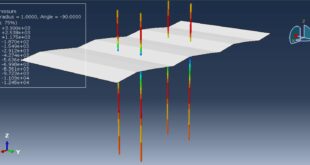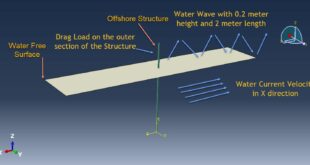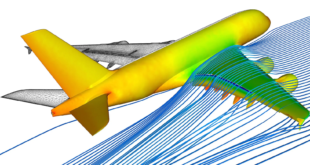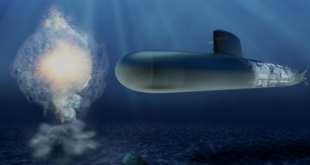Progressive collapse refers to the failure of one or a group of key structure load-carrying members that gives rise to a more widespread failure of the surrounding members and partial or complete structure collapse. It is defined as the spread of an initial local failure from element to element resulting in the collapse of an entire structure or a disproportionately large part of it. Many accidental and intentional events, such as false construction order, local failure due to accidental overload, damage of a critical component by earthquake and explosion, could induce the progressive collapse of a structure. However, because of the high peak, short duration and negative phase of the blast load, the progressive col-lapse induced by an explosion is very different from that by earth-quake ground excitations. With the recent progressive collapse of the Alfred P. Murrah Federal Building and World Trade Center due to blast and impact, research is focused more than ever to make buildings safer from progressive collapse induced by blast and impact loading. For an economic and safe design of structures against progressive collapse to blast loads, a reliable progressive collapse analysis is essential. Because of the catastrophic nature of progressive collapse and the potentially high cost of retrofitting buildings to resist it, it is imperative that the progressive analysis methods be reliable . Engineers need an accurate and concise methodology to produce trustworthy and timely results. Thus, many re-searchers have been spending lots of effort in developing reliable, efficient and straightforward progressive collapse analysis methods recently
In this tutorial Simulation progressive collapse analysis of reinforced concrete structure under blast loading in Abaqus has been investigated. You can see figures of the assembled parts at belo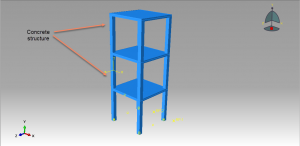
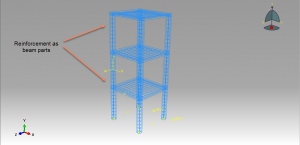
Johnson-Cook material model is consider to define steel beam behavior under high rate strain and Johnson-Holmquist model is used for concrete under the progressive damage. Dynamic explicit step with CONWEP blast procedure is appropriate for this type of analysis. During the simulation the damage and failure of the structure is obvious and you can see some figures of the results at below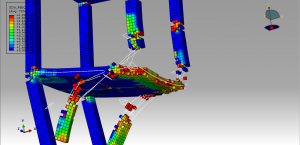
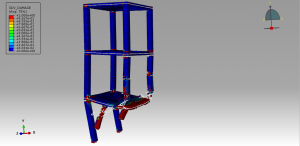
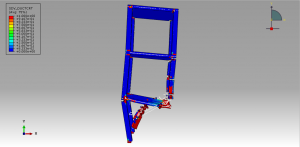
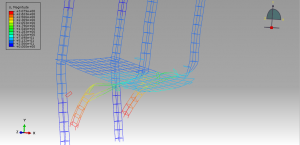
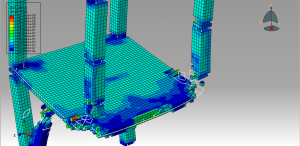
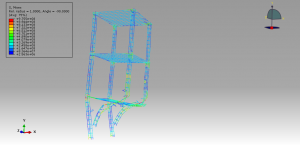
You can provide CAE ,INP,and English video files of this simulation here. The cost of these files is Twenty-Nine Euros. you can click on the bellow bottom to beginning process
You can purchase the tutorial through a PayPal account, a Visa, or a Master card, just before payment,send me an email to this address: karampourp@gmail.com
 Abaqus tutorials Abaqus tutorials
Abaqus tutorials Abaqus tutorials
